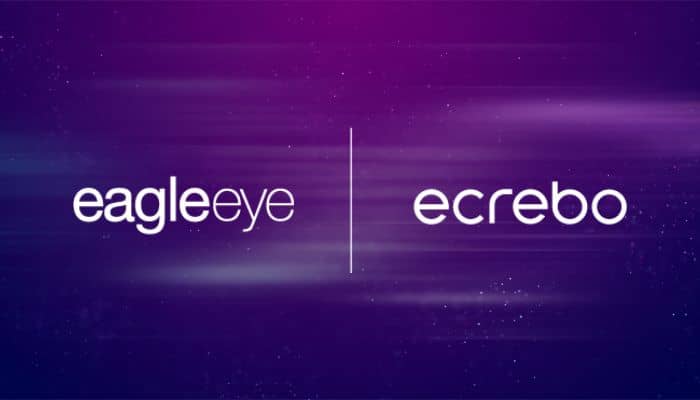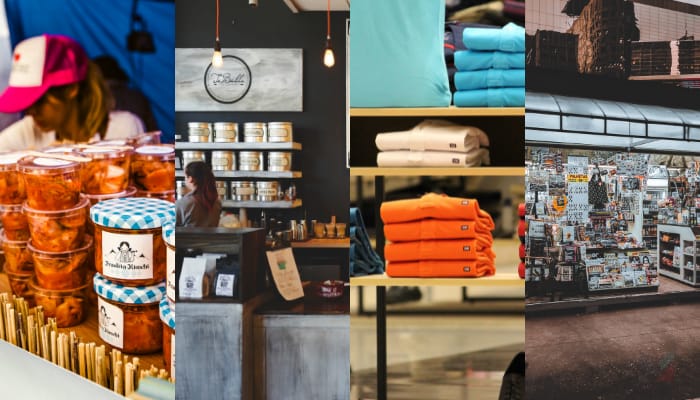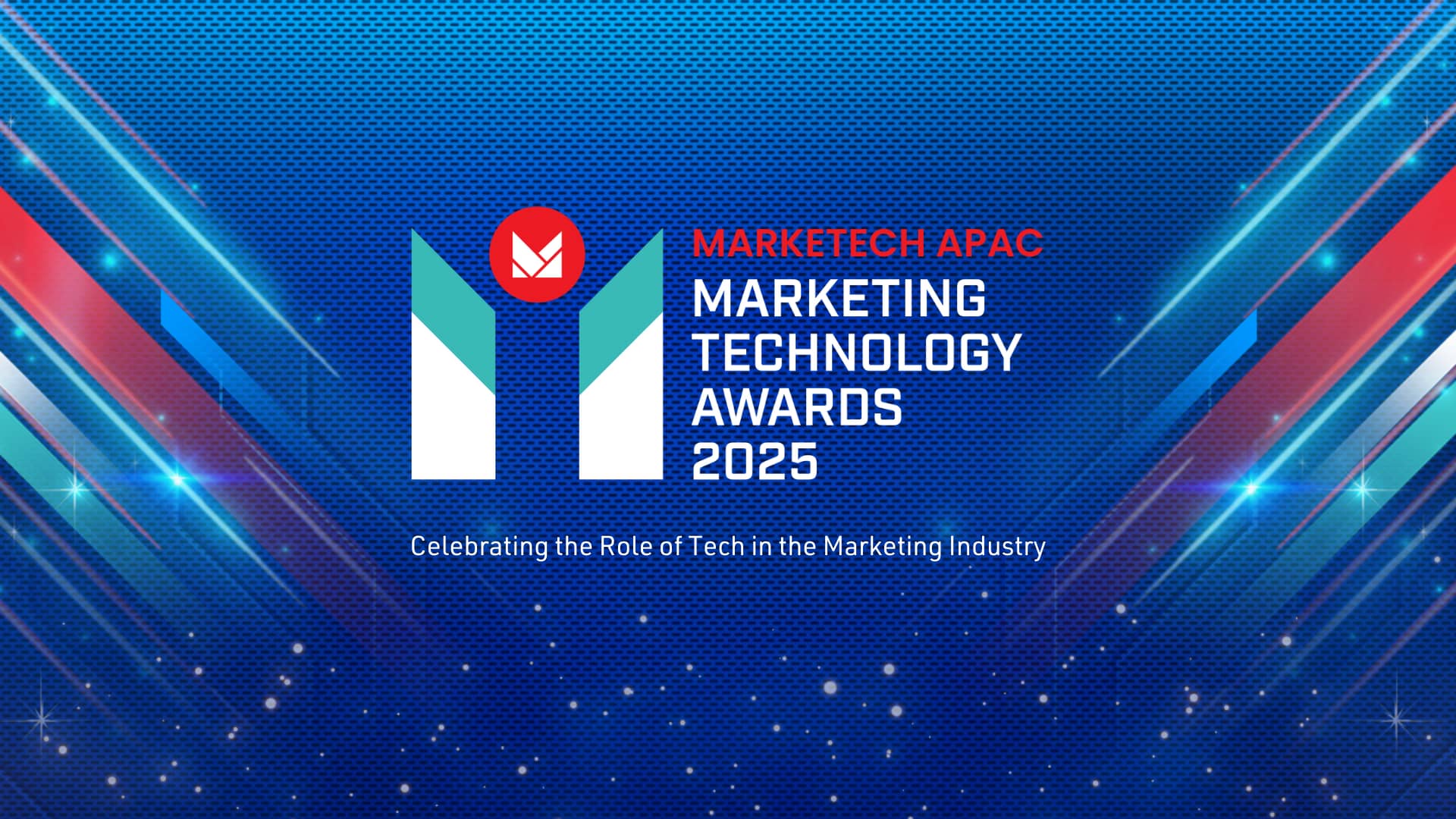Loyalty in retail is well established and continues to evolve, it has seen and continues to see a lot of innovation, but what about loyalty in other industries? Airlines are well known for loyalty programs, so are hotels. What’s the difference?
While retail has steamed ahead in terms of its adoption and innovation in loyalty, other industries are lagging behind their true potential in this area. This article will explore challenges in maturity with loyalty programs across three industries: airlines, fuel and convenience, and quick service restaurants.
Airlines: Legacy Tech Stalls Loyalty Take Off
One might think of airlines when considering industries where loyalty seems to play a big part, and they’d be right. Loyalty has become a well-known aspect of air travel.
Whether you’re a member of Singapore Airlines’ KrisFlyer or earning Lotusmiles with Vietnam Airlines, the basic model is that customers collect points that can be redeemed for reward flights or flight discounts.
There are however challenges in the airline loyalty space that are limiting its true potential. The first issue is delayed rewards due to legacy technology systems. It is very common for flight miles across airlines to be awarded days or even weeks after travel. Suspected to be the result of legacy technology, these delays create gaps in customer engagement and reduce the perceived immediacy of rewards.
Research suggests that real-time loyalty rewards are associated with higher customer satisfaction. In contrast, the lag in mile crediting has been linked to frustration and reduced program participation.
As noted in a recent publication by Deloitte, the airline technology infrastructure was built decades ago. There is pressure to modernise systems, but there are also many challenges tied to such major transformations.
Airlines that modernise core infrastructure will be better placed to add innovation to their loyalty programs, unlocking a path to greater engagement, real-time issuance and even AI-powered personalisation.
Fuel, Convenience and Integration Fails
Unfortunately, many fuel and convenience businesses’ loyalty programs suffer from rather limited earn-and-burn models. In these cases, loyalty points are accrued in one system and often redeemed via third-party partners.
For example, in some cases points are only redeemable for fuel discounts, which limits their versatility within the brand. Even more concerning is if points are only redeemable with a third partner, like a supermarket or an airline. The customers earn points in one ecosystem but must leave that ecosystem to find meaningful redemption value.
In these scenarios the fuel station essentially becomes just a points collection mechanism rather than building deeper engagement within their own brand environment.
A lack of integration combined with non-intuitive reward systems will lead to low participation rates. More sophisticated programs would offer diverse internal redemption.
It can be done, as one provider from New Zealand has recently demonstrated. New Zealand fuel and convenience chain Z Energy recently overhauled its loyalty program so that it now rewards customers for almost all spending, not just fuel, and points are issued in real time.
The technology backend of the Z Rewards program was built with the help of Eagle Eye, which powers the instant point transactions with cloud adjudication. The loyalty system is embedded in the digital Z App, which sets the stage for even more loyalty features to come.
Quick Service Restaurants: Speed vs. Sophistication
The quick service restaurant (QSR) industry faces an interesting challenge with loyalty programs. While QSRs serve millions of customers daily and have obvious opportunities for repeat business, many operators remain hesitant to implement advanced loyalty systems.
The primary concern is operational efficiency. QSR businesses are built on speed; customers expect fast service, and any system that might slow down the checkout process faces immediate resistance. This creates tension between building customer loyalty and maintaining rapid service delivery.
The QSR market is also fragmented, particularly in Southeast Asia. Each brand often develops its own loyalty system, resulting in inconsistent customer experiences and limiting the ability to scale technological innovations across the industry. Customers might have multiple QSR apps on their phones, each with different interfaces, earning structures, and redemption processes.
Simplicity and efficiency should be at the heart of loyalty initiatives in this industry. This means easy slick and easy-to-use digital apps, high-speed real-time adjudication and point resolution, and straightforward offers.
Turning Tech Limitations Into Opportunities
While loyalty programs in the above-mentioned industries face distinct challenges, they do demonstrate potential.
Airlines struggling with legacy systems, fuel and convenience stores limited by basic earn-and-burn models, and QSRs concerned about operational efficiency all share common ground; they need modern technology that addresses their specific constraints whilst opening new possibilities.
These are the pain points that Eagle Eye, as a provider of a cloud-native, AI-powered, highly scalable platform for loyalty and customer engagement, is designed to address.
Real-time processing eliminates the delays that frustrate customers, flexible architecture enables diverse redemption options, and streamlined integration ensures operational efficiency isn’t compromised. This modern approach creates opportunities for businesses to build sophisticated loyalty programs that deliver genuine value.
The retail sector’s progress with loyalty programs demonstrates what’s possible when technology evolves alongside customer expectations. As other industries embrace modern loyalty platforms, they can move beyond basic point collection to create meaningful, real-time customer relationships that drive both satisfaction and business growth.

This thought leadership piece is written by Aaron Crowe, Regional Director, Eagle Eye, Asia


















